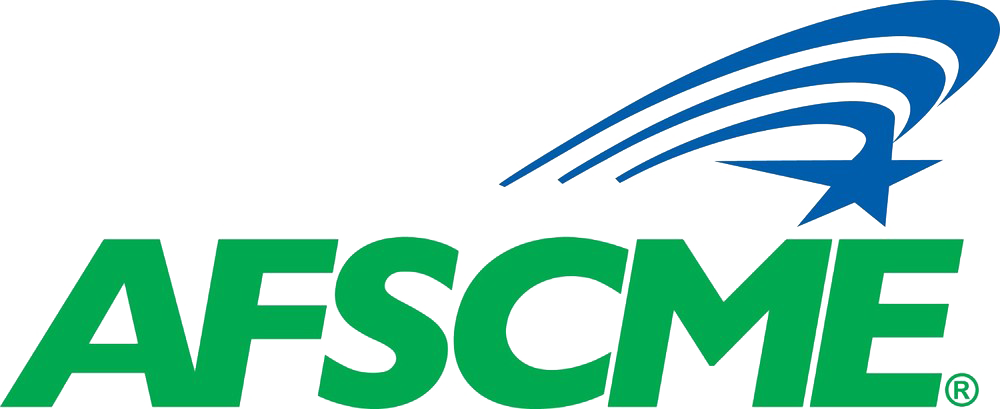Common to those divided is feeling disunified
AFSCME-MN's 2023-2025 tentative master agreement proposed a rare-sized, long sought pay increase for Minnesota's public employees, and since a majority voted to accept, not strike, compensation changed upward for nearly all Minnesota's state public employees across all units, north, south, east and west, all units and classes, on all steps.
What is the pattern necessary to collectively bargain for raises that recognize and allow for inflation? What is the usual and customary way doable proposals get put in front of contract negotiators - before they negotiate, not during or after? Any member can write proposals, or get help to do one. Inequity proposals resemble contract proposals but seldom add new language, they are the way the employer finds out underpaying some position is 'hot' because of asks for raising pay seek to match what 'those guys' already have. It feels so fine and fair to get what someone else gets. Not so much when they get what you get. Locals kick proposals around, so many are duplicative in narrow effect that careful triage by committee is necessary to sift out viable proposals for more than one single section, department or class.
Economic divisions are one explaination why, as one travels north or outstate to farms and forests, one sees differences about contracts. Urban Metro areas are where jobs, if not luxe cosmopolitan living, aren't difficult for the higher educated to come by. Outstate with the rocks and cows, where gruelling hands-on, in-person overtime seasonal shift-work, factory closings and cyclic boom-busts leave gaming casinos are the only dependable full time employment. Where there is fewer degrees and diplomas per capita, that's where paycheck-to-paycheck precariousness reigns, where the angry can perform and act out by showing outrage. The educated get paid more, get paid more whereever they go, seeing this no surprise those most chafed by inequity become frustrated, angry enough to rumble and spew about alleged negotiator incompetence and union graft.
There is today more, not less, deadly mortal risk doing jobs directly facing the public. Public employment - sounds risky, but lately have you risked your life to save someone you do not know? Nurses, doctors, first responders, peace officers - not just MnDOT plowing highways, but all who track inventory, do maintenance work for public thoroughfares, care for others or enforce laws are more often ending up sleepless, burned-out, denied leave in spirals of understaffing, or suffer nightmares about doing undoable things. Every public employee now, those in service who face the public, come now, everyone raise their hand who's seen some awful sight that cannot be unseen. Government's jobs - not every job is a comfy leather recliner in the air-conditioned corner office.
Is there any division affecting public workers that hasn't tracked with or resulted in an employee payroll reduction? When non-negotiated COVID pandemic policy shut down state workplaces, workers sent home scattered, some lost homes and many experienced a mandatory policy-making moment that rendered their puzzle of survival insoluable. Sleeping in vehicles or storage units, unemployed, between gigs. Those who stayed, they were hit first by double-whammy COVID payroll reduction whipsawing, that in effect cuts payroll both "going out and coming back", the pattern is little or no choice or negotiation. First a hit on those forced to go home, then further winnowing-out follows forcing back those who remotely survived COVID's rock-and- a-hard-place. No mystery here - workers able to 'enjoy' remote work do get a better shot at raising their families. Note to MnDOT, the policy working remotely is to work for less pay, less hours, less benefits and of course use net connections on their own dime. So when called to come back into the office, typically 25% of remote workers never return, ever, they can't plan anything, so you do the uncannily convenient toward zero payroll math.
Division between remote workers and non-remote workers is found by the latest salvo of under-negotiated telework policy that requires remote workers to work in-person at employer premises for at least 50% of scheduled workdays beginning June 1, 2025, with an exemption for employees who live more than 75 miles away from their primary work location. This decision was not made with members’ voices at a negotiation table as a mutually agreed to and acceptable, respectful change in contractual workplace terms and conditions.
AFSCME Council 5 Executive Director Bart Andersen said:
"Let me be perfectly clear: as Executive Director of AFSCME Council 5, representing more than 18,000 state employees, we will not tolerate unilateral changes to our members’ work. The Administration’s decision to impose sweeping workplace policy changes without engaging our union and labor partners first is not just unacceptable—it’s an act of blatant disrespect. Our union members must have and deserve a seat at the table every step of the way. We are demanding full transparency and meaningful dialogue immediately. AFSCME Council 5, alongside our fellow labor union partners, will do whatever it takes to defend our members’ rights, safeguard their ability to work safely and effectively, and continue delivering high-quality public services for all Minnesotans."
https://lowwagelifestyle.blogspot.com/2024/12/chatgpt-can-make-mistakes-...
